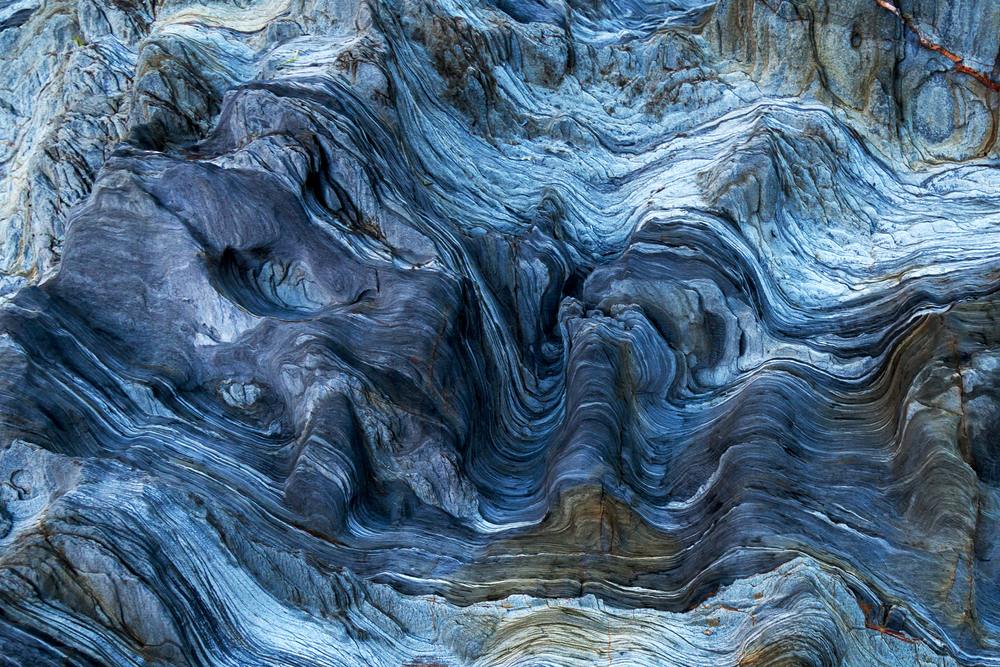When it comes to depth conversion, the changes in expectations and workflow over the last 30 years have been immense. There was once a time when a single depth conversion would take a geoscientist weeks to complete. Now, with the tools available to the modern practitioner, it takes them minutes.
These days the challenge is not creating a single depth map but generating the many maps needed for assessing sensitivity and estimating uncertainty for volumetrics and well planning.
However, what we have gained in time and productivity, we may have lost in understanding. It is crucial to ensure the depth conversion approach is appropriate for the geological setting, not just the easiest or flashiest the software has to offer.
Very few would claim expertise in depth conversion. Instead, they rely on software to guide them, and this can lead to implausible depth maps and multi-million dollar wells that turn out to be expensive disappointments.
Your teams need training
Although geoscientists may look at seismic data every week, they’ll likely only perform depth conversions once per project. So it’s not uncommon for a geoscientist with 20 years’ experience to have only performed a handful of depth conversions – maybe less than 20 or even 10.
This infrequency makes it very hard to accumulate learnings over time. In fact, the longer you’ve been in the field, the more keenly you feel the limits of your depth conversion knowledge.
But even if you have a basic understanding of how to depth convert and you’re diligent, it’s easy to fall into subtle traps. Our veteran depth converter is aware of them all.
Meet Alan Atkinson, expert depth converter
At Rockflow we host a five-day course, run by our very own Alan Atkinson. It’s an opportunity to give your geoscientists a distilled understanding of depth conversion, one that has been formed through running hundreds of depth conversions over the last 35 years in geological provinces across the world.
In a depth uncertainty study, Alan will run many depth conversions, assessing uncertainty by checking to see how sensitive the maps are to time horizons, velocity models and well tying techniques. He’ll also use geological understanding to fill the gaps in velocity knowledge between well data points. In one recent month-long study he ran over 80 depth conversions on a single field, determining the critical factors in estimating gas volumes before the sale of the company and this flagship asset.
The science of depth conversion
While Alan has plenty of wisdom to share through lectures and case studies, he reserves 50% of the course for practical exercises to help your geoscientists cement their understanding. These exercises teach the science of depth conversion – demystifying the mechanics of exotic processes such as ‘Vok’ and ‘seismic calibration’.
This is done through the use of simple mapping software or Petrel, but learning from software alone doesn’t result in true progression. Alan’s first step is to take everyone back to older, less opaque methods – using paper, a pencil and a ruler before progressing through Excel and on to the black box that is the modern depth conversion tool.
This approach shines a light into that black box , allowing exercises to be completed while cementing understanding from the lectures.
With this knowledge of the mechanics in place, there will be the chance to perform more comprehensive depth conversions. Depending on the nature of the course you’ve signed up for, we’ll tailor these for the use of Petrel or other software.
The art of depth conversion
Depth conversion is not just the science of making a depth map which matches drilled wells, it is also the art of creating a depth map which correctly predicts a new well positioned far from any drilled before.
Alan takes you beyond standard depth conversion approaches, applying geological principles to geophysical data. His mantra is that every map and every graph should make geological sense.
The result of this hard work and Alan’s insight is that your geoscientist will learn to ask the right questions – testing the integrity of the data, understanding the size and sources of depth error.
For instance, if an informed reviewer receives a depth map which matches all well data exactly, they’ll know to ask the question, ‘how did you do that’. The answer may reveal a sophisticated velocity model or an unacceptable fudge.
By combining the art and science of depth conversion into their workflows, your geoscientists will create far more robust and plausible maps, and be capable of communicating both the results and the uncertainty of those results to all stakeholders.
To learn more, explore the details of the depth conversion courses

